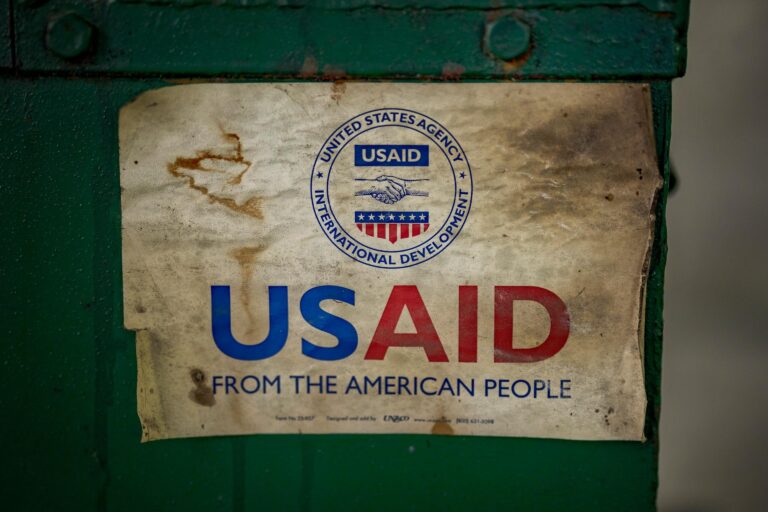US Aid Fighting Hunger in Kenya
Introduction to Hunger in Kenya
Hunger continues to be a pressing issue in Kenya, affecting millions of people across the nation. The United States has been a significant contributor to humanitarian efforts aimed at alleviating this crisis. As food insecurity rises due to various challenges, including climate change and economic instability, effective strategies are essential for combating this issue.
The Role of US Aid in Combating Food Insecurity
The US government, through its various agencies, allocates substantial funding to support food programs in Kenya. This aid plays a crucial role in providing immediate relief to those suffering from hunger. With initiatives like food distribution programs and support for local agriculture, American assistance is instrumental in promoting food security.
Focus Areas of American Assistance
US aid is not just about providing food but also enhancing the overall agricultural framework in Kenya. Efforts include training farmers in sustainable practices and improving access to resources. By focusing on long-term solutions, these programs aim to empower communities and create a more resilient food system.
Collaboration with Local Organizations
Working alongside local NGOs and community organizations is vital for the success of US aid programs. This collaboration ensures that the efforts are culturally relevant and effectively address the unique challenges faced by Kenyans. Through partnerships, the US can leverage local knowledge and networks to maximize the impact of its resources.
Challenges in Delivering Aid
Despite the positive effects of US aid, several challenges remain in delivering assistance effectively. Political instability and logistical hurdles can hinder the distribution of resources. Addressing these obstacles is crucial to ensure that aid reaches those most vulnerable to hunger and malnutrition.
Future of US Aid in Kenya
As the need for humanitarian assistance continues, the role of US aid is expected to evolve. Investments in agriculture, education, and health will create a more sustainable approach to fighting hunger. By focusing on systemic changes, the US aid programs can promote long-lasting improvements in food security within Kenya. For more detailed information on this critical issue, visit this link.
Conclusion
US aid is essential in the fight against hunger in Kenya, providing both immediate relief and long-term solutions. Continued support and innovative strategies will be necessary to combat food insecurity effectively. By enhancing local capabilities and addressing systemic issues, there is hope for a future where hunger is no longer a pervasive problem in Kenya.

